Makar Sankranti (15 Jan 2024): Significance & Auspicious Time
Makar Sankranti is a Hindu harvest festival celebrated throughout India. It is a religious & seasonal event that honors Lord Surya (Sun God) & marks the time when Sun enters Capricorn (Makara) & remains there for a month - creating an auspicious Muhurta for all activities. Sun's journey towards the Northern Hemisphere also signals the end of winter & start of the harvest season, symbolic of fresh beginnings & hopes.
Makar Sankranti is the transit of the Sun through Capricorn, which is widely celebrated in various parts of India. It usually occurs between 14 and 15 January.
According to the Hindu calendar, this event signifies the movement from Sagittarius to Capricorn and the shift from the Southern to the Northern Hemisphere.
This celebration honors and expresses appreciation to the solar deity Surya, who symbolizes a new beginning. On this auspicious day, people also take a holy dip in the river Ganga to mark the beginning of a new chapter.
Significance in Different Regions
In many places, this event is known by different names. It is called Magh Bihu in Assam, Maghi in Punjab, Maghi Saaji in Himachal Pradesh, Maghi Sangrand in Jammu, Sakrat in Haryana, Sakraat in Rajasthan, Sukarat in Central India, and so on.
Huge festivities are held to celebrate the Sun's entry into Capricorn. On this day, the Sun deity, Vishnu and Goddess Lakshmi are all worshipped throughout India.
Date & Auspicious Time, 2024
Makar Sankranti is celebrated when Sun’s elliptical longitude becomes 270 degrees measured from the Vernal equinox.
Date: 15 January 2024
Auspicious Time: 6:24 AM to 5:28 PM (IST)
Why is Makar Sankranti considered a Universal Muhurta & an Auspicious Event?
Astrological Significance
Makar Sankranti marks the time when the Sun enters Capricorn and remains there for a month. This transition is regarded as the Sun's most significant position since Makar, or Capricorn, is the house of Saturn, the Son of Lord Surya, and they both have an antagonistic relationship.
However, on Makar Sankranti, the Sun sets aside his resentment against his Son and extends a cordial relationship, creating a generally auspicious Muhurta for all activities.
The Sun's journey towards Uttarayan, or the Northern Hemisphere, also signals the end of the long winter and the beginning of the harvest season. With a holy phase transition when the days will be longer and the nights shorter to boost productivity and resourcefulness, it serves as a reminder of the season of fresh beginnings and hopes.
Mythological Significance
There are sverral mythologies around Makar Sankranti. For instance, the Sun God is said to visit God Shani, the owner of the constellation Capricorn, on the day of Makar Sankranti.
Saturn and Sun God have a strained relationship since Saturn is Sun's foster son. Saturn, on the other hand, bears the responsibility of looking after his father.
In another mythology account, Bhishma Pitama, a revered figure from the Mahabharata, waited until this day to die even after suffering wounds during the Mahabharata War since it is said that dying on this day results in Moksha, or salvation, for the departed.
Again, on the day of Makar Sankranti, King Bhagirath is believed to have set free his ancestors' souls. He summoned the holy Ganga to come to Earth and extinguish the fires of Patal Lok with the help of Lord Shiva.
On this day, which is also known as the Gangasagar Mela or Kumbh Mela, millions of visitors from all over the world visit Kapil Muni Ashram while chanting the hymn 'Sab Tirth Bar Bar Ganga Sagar Ek bar' and take a holy dip in the Ganga to wash away their sins and sorrows.
Social Significance
According to popular belief, during Makar Sankranti, as the Sun transits through Capricorn, negativity gradually decreases and positivity rises. The onset of spring coincides with the lengthening of the days and the shortening of the nights.
The beginning of the harvest season and the beginning of the sowing season are the perfect times to thank Lord Surya for providing a wonderful harvest and ideal weather for all living things.
Kumbh Mela
In order to foster community, Makar Sankranthi is observed with festive gatherings, fairs, dances, kite flying, bonfires, and feasts. The Ganga is a sacred river, and many people bathe there to give homage to the Sun God.
Hindus celebrate Makar Sankranti every twelve years with the Kumbh Mela, one of the greatest mass pilgrimages in the world, with an estimated 60 to 100 million visitors from all over the world.
During this time of the Sun's transition, it is said that taking a holy dip in Prayagraj, where the two rivers Ganga and Yamuna meet, will grant your wish. One can also take a holy dip in the Ganga, Yamuna, Godavari, Krishna, and Kaveri Rivers. Past sins are said to be washed away by bathing.
People offer prayers to the Sun deity, asking him to cleanse them of their sins and grant them riches and prosperity.
How does each Region celebrate Makar Sankranti?
Hindus from different regions of India engage in shared cultural events by making sweets using a base of sugar, sesame seeds, and jaggery.
This time frame corresponds to the beginning of the Rabi crop and agricultural cycle for the majority of India, when crops have been sown and it is now required to wait for the harvest.
Despite uniqueness and diversity, this kind of confection represents togetherness and joy. With gatherings around a feast and a bonfire, this is the time to rejoice and spend time with your family.
Mela Maghi commemorates the martyrdom of forty Sikhs. The third Guru of Sikhism, Guru Amar Das, honored and mentioned the festival. This event is celebrated for four days in Andhra Pradesh and Telangana when people decorate their front entrances with rangolis that are made of colorful rice flour and geometric designs.
Day 1 – Bhogi / Lohri
This festival is celebrated with a bonfire and the preparation of sweets made from jaggery and other ingredients. Fruits and flowers that have been harvested are gathered and adorned. The children are showered with money and a mixture of candies, and then they go about collecting money and candies from each member of the family.
Day 2 – Sankranti
On this day, Lord Surya is given Pongal, a sweet dish composed of harvested rice and jaggery. This occasion honors the presence of Lord Surya and provides us with food and prana (breath of life) for our survival. It is a traditional dessert served to the Sun God.
Day 3 – Kanuma
The third day is devoted to domestic animals like cattle. The cattle are embellished with balloons, colored material, and other items. Additionally, cattle engage in competitive sports. Farmers and cattle owners often initiate the bidding and profit from the fight.
Day 4 – Mukkanuma
On this day, people decorate their homes with rangoli and other artistic items. A variety of rice dishes and desserts are prepared, and people generally visit each other's homes and hold reunions.
Assam
Assam celebrates Makar Sankranti as a harvest festival in the month of Maagha (Jan – Feb). A week of feasting is spent honoring this festival. This event is also known as Meji and Bhelaghar, which is derived from bamboo, leaves, and thatch.
At Bhelaghar, people consume the food that was prepared for the feast before burning the huts the next morning. They also include recreational pursuits like buffalo fighting and tekeli bhonga (pot-breaking).
Magh Bihu festivities begin on the final day of the preceding month, 'Pooh,' and continue throughout the month of Magh. People make rice cakes known by a variety of names, including Shunga Pitha and Til Pitha.
Bihar
Because it is harvest season for sesame seeds and rice, people in Bihar make Khichdi, sesame sweets made with jaggery such as Tilkut, Tilwa, and so on.
Gujarat
In addition to making sweets using jaggery, sugar, and til, they also fly kites and prepare delicacies like Undhiyo (prepared with spicy seasonal vegetables).
Haryana
After taking a holy dip in the Ganga or Yamuna rivers, they cook Kheer, a sweet porridge, and ladoos, which are desserts made with Til jaggery, sugar, and ghee.
Brothers bring warm garments and gifts of wood called Sindhara or Sidha to their wedded sister's home. Women sing folk songs.
Thus, each state observes this festival by preparing sweets and savory dishes with the paddy that has been harvested, visiting family members and expressing appreciation to Lord Surya for providing each of us with strength and health.
The portals to heaven are said to open during Makar Sakranti, allowing one to experience illumination. It is thought that the day begins for heavenly bodies when the Sun begins to travel toward the Northern hemisphere and that our prayers will be heard. The spiritual community should increase their charitable giving at this time and continue their good works by making pilgrimages.
2026 Horoscope Reports
Translate
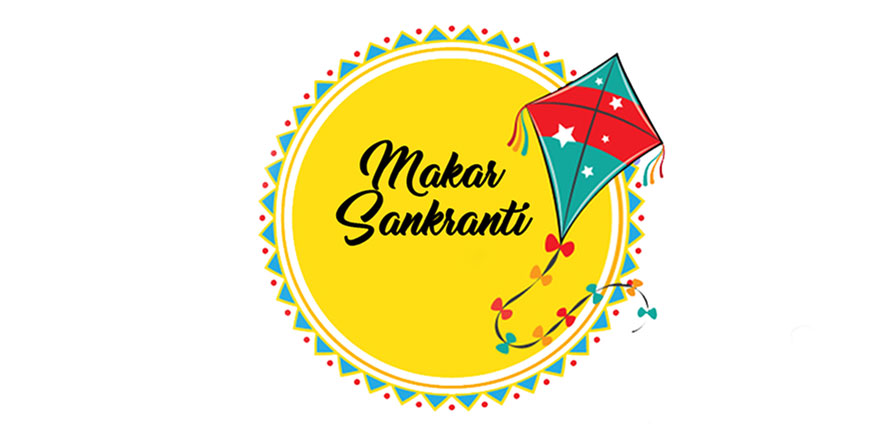
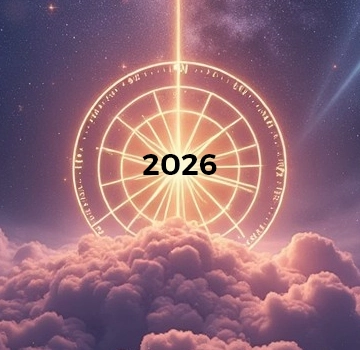
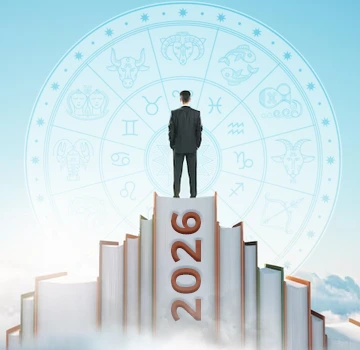
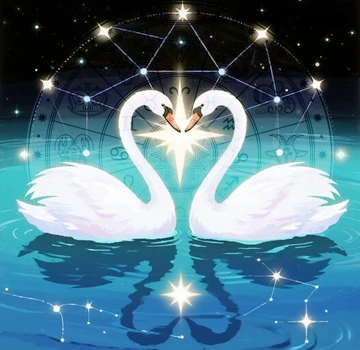

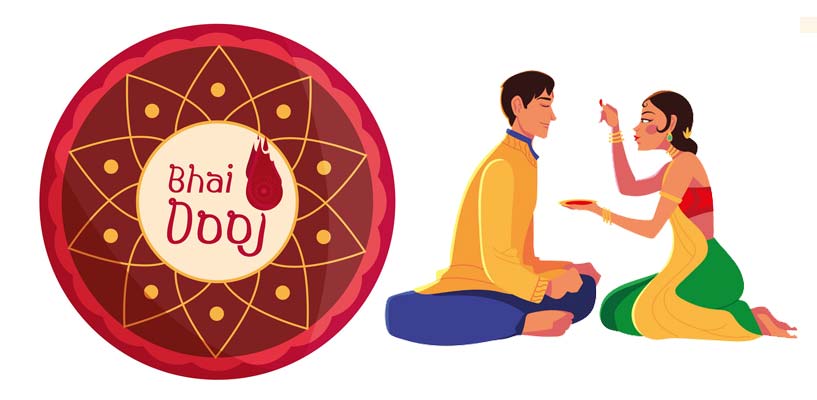 Bhai Dooj: Auspicious Time, Rituals, Customs, History
Bhai Dooj: Auspicious Time, Rituals, Customs, History
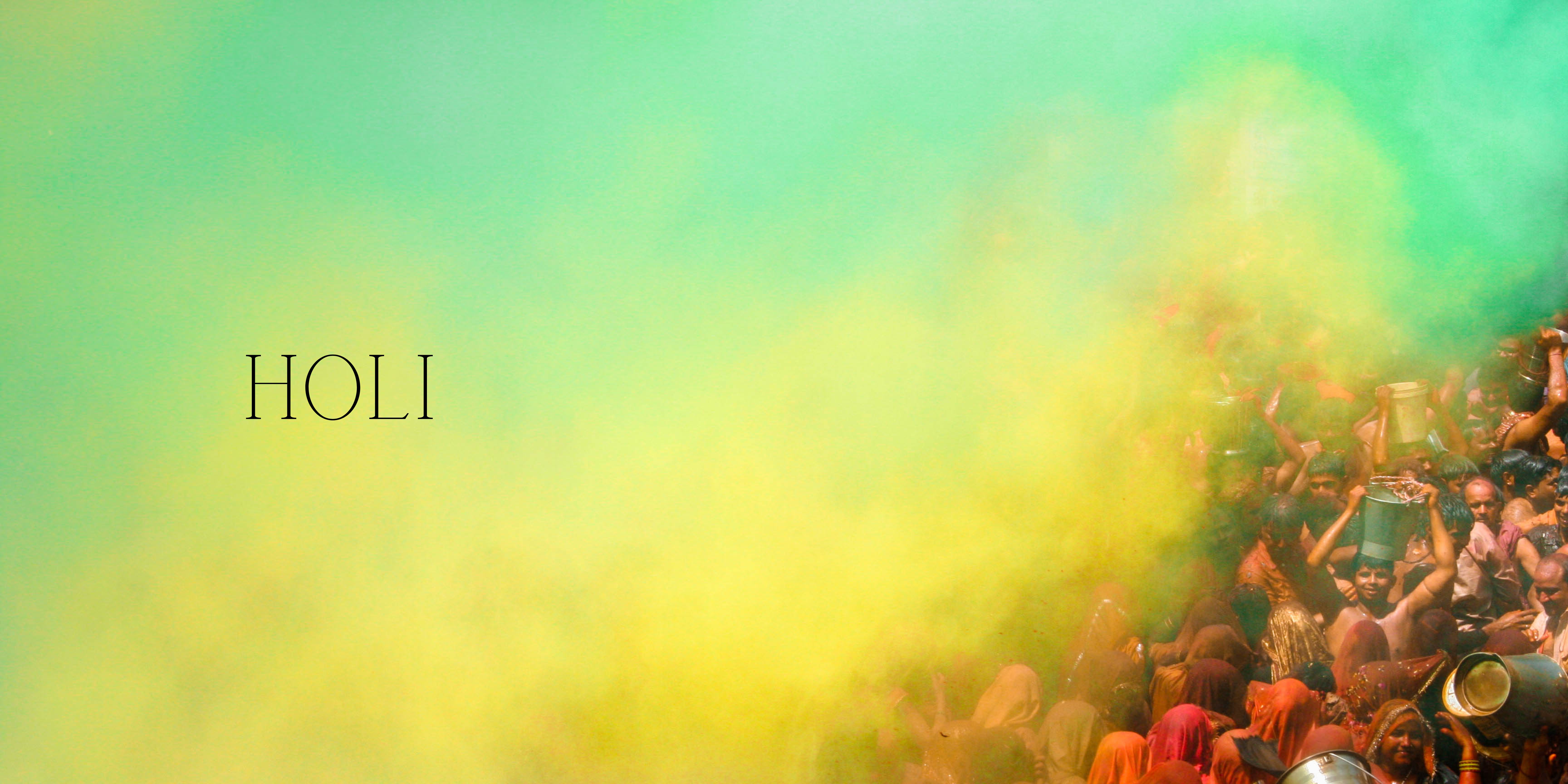 Holi 24 & 25 March 2024: Significance & Auspicious Time
Holi 24 & 25 March 2024: Significance & Auspicious Time
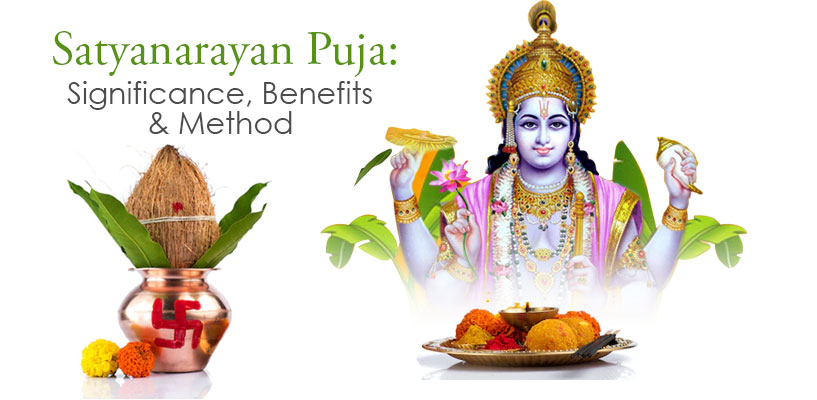 Satyanarayan Puja: Significance, Benefits & Method
Satyanarayan Puja: Significance, Benefits & Method
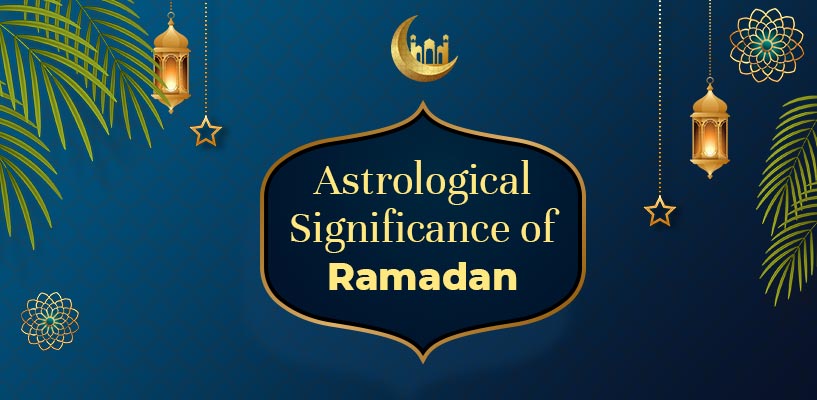 Astrological Significance of Ramadan
Astrological Significance of Ramadan
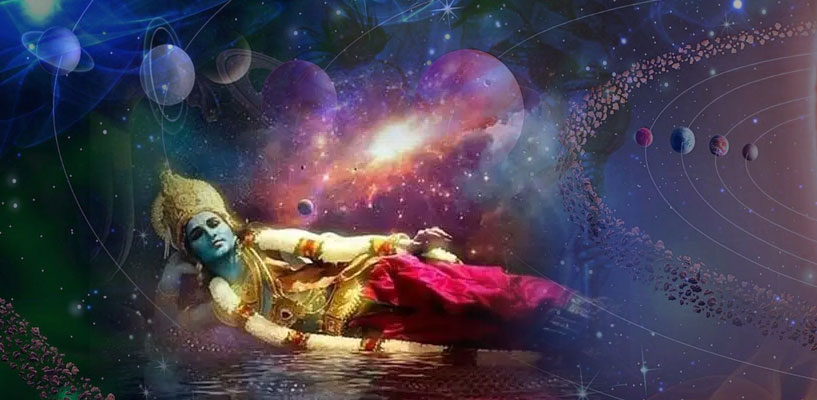 Adhik Maas - Spiritually The Most Powerful and Religious Month!
Adhik Maas - Spiritually The Most Powerful and Religious Month!
